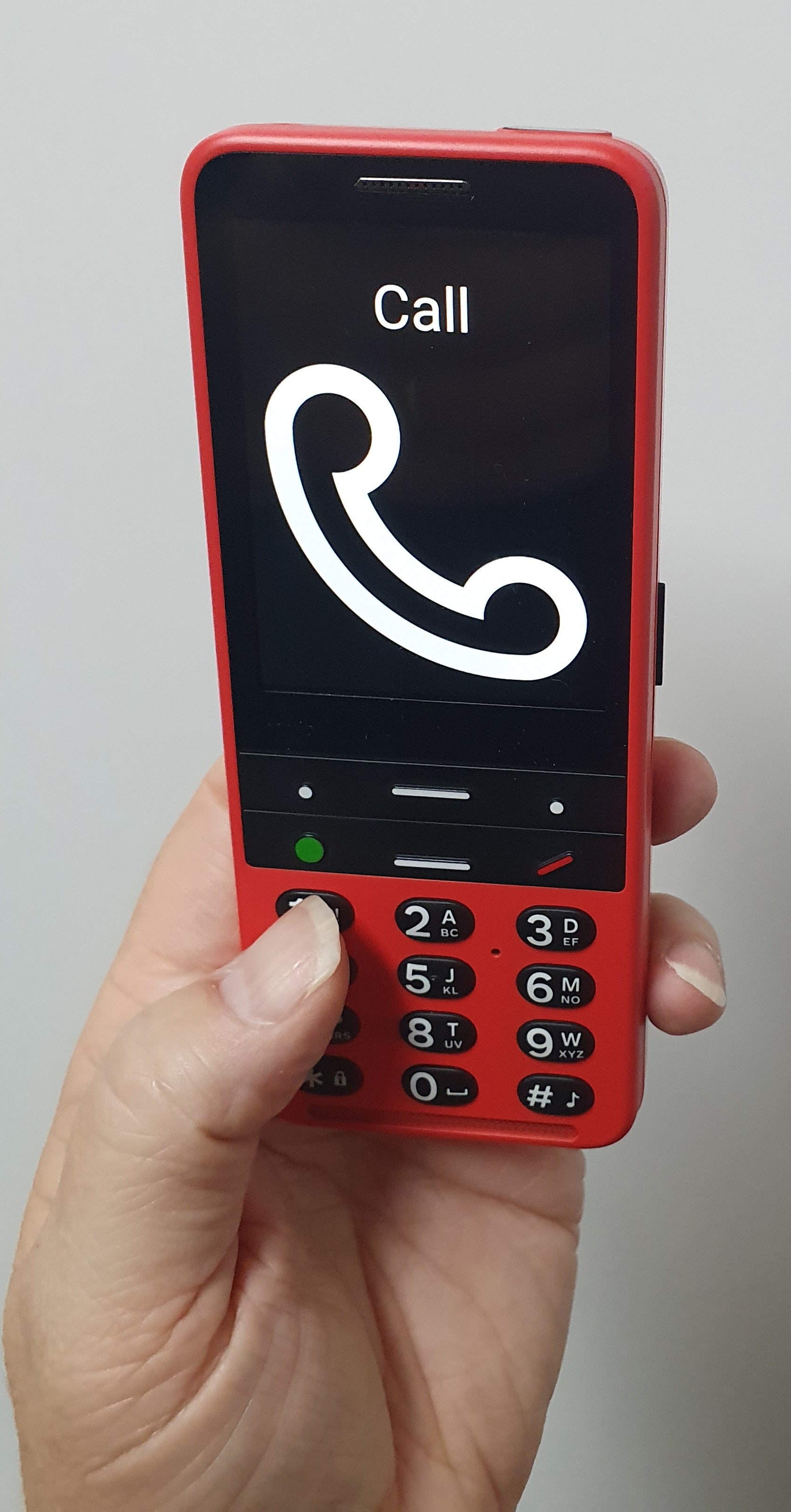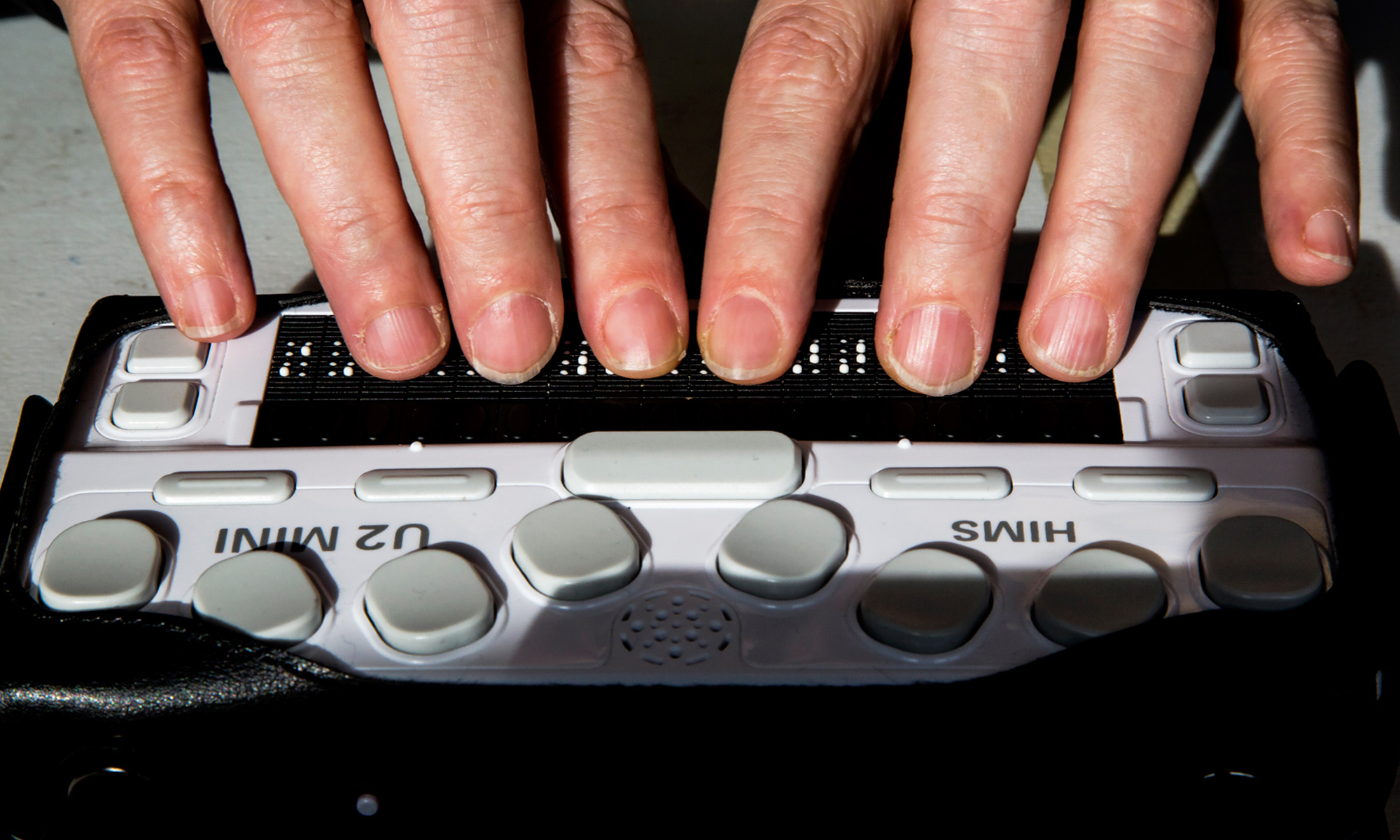Empowering Freedom With Assistive Technology for the Blind
The assimilation of assistive innovation into the lives of individuals with visual problems stands for a considerable improvement in promoting freedom and self-sufficiency. From cutting-edge display viewers to innovative wise canes, these tools not only enhance daily navigating and interaction yet likewise empower individuals to engage meaningfully in different facets of life. As we explore the myriad advantages and real-world applications of these modern technologies, it comes to be crucial to take a look at the underlying variables that contribute to their efficiency and the potential for future advancements in this important field.
Review of Assistive Modern Technology

The advancement of assistive technology is grounded in concepts of inclusivity and empowerment. Advancements in software application, hardware, and sensory improvements supply customers with alternatives tailored to their details needs. From display viewers that transform message to speech, to responsive tools that communicate info with touch, these tools transform the method people engage with their environments.
In enhancement to useful applications, assistive modern technology fosters greater social inclusion and engagement in numerous fields, including education and learning and work (Assistive technology for the blind). As research study and development remain to evolve, the potential for assistive innovation to additionally enhance the lives of visually damaged individuals stays promising, paving the means for an extra fair society where everybody can flourish
Types of Assistive Instruments
A variety of assistive tools have actually arised to sustain individuals with aesthetic problems, each designed to satisfy certain demands and enhance daily functioning. These devices vary from low-tech services to high-tech developments, giving varied options for users.
Low-tech devices include magnifiers and large-print products that assist in reading and writing. Braille devices, such as Braille slates and stylus pens, make it possible for responsive reading and interaction. Positioning and mobility aids, like white canes, assist individuals browse their setting securely.
On the greater end of the range, digital magnification systems and screen readers offer significant assistance. Electronic magnifiers permit customers to expand text and photos on displays, while display readers transform electronic web content right into manufactured speech, helping with access to information on mobile phones and computer systems.
Smartphone applications also play an essential role, supplying attributes like text acknowledgment and navigation aid. Wearable modern technology, such as smart glasses furnished with enhanced reality, is becoming a promising tool to improve situational recognition.
Advantages of Assistive Innovation
The assimilation of assistive modern technology considerably enhances the lifestyle for people with visual problems. These innovations empower customers by advertising independence, enabling them to navigate their atmospheres much more successfully and do daily jobs with better simplicity. Display readers and zoom software application permit people to accessibility digital details, promoting educational and specialist possibilities that may have formerly been out of reach.
Moreover, assistive devices such as clever canes and GPS applications give real-time navigation support, boosting flexibility and security. This increased freedom not only improves self-esteem however likewise urges social engagement, allowing users to participate more completely in their neighborhoods.
Assistive innovation likewise helps with interaction, aiding users link with others with voice recognition and text-to-speech applications. This ability is crucial for preserving relationships and accessing essential information.
Furthermore, the modification alternatives available with several assistive innovations make sure that individuals can tailor tools to their specific demands, better boosting functionality and performance. Generally, the advantages of assistive innovation for individuals with aesthetic disabilities are profound, promoting a much more inclusive society where everyone can pursue their goals and desires.
Case Researches and Success Stories
Highlighting the transformative impact of assistive modern technology, various case studies highlight how people with aesthetic disabilities have actually efficiently integrated these tools into their day-to-day lives. One engaging example involves an university student that utilized screen published here reading software program to browse on the internet resources and academic products properly. This modern technology not only facilitated her education and learning but likewise boosted her self-confidence in taking part in discussions and group projects.
Another study includes an expert that employs a mobile phone application made for navigation and things acknowledgment. By using this application, he has actually reclaimed autonomy in both his personal and work environments, enabling him to commute independently and engage with coworkers better.
Additionally, a senior citizen shared her experience with braille e-readers, which allowed her to access a huge array of literary works and stay linked with her community via book clubs.
These success tales underscore the important eye glass frames for women duty of assistive innovation in fostering independence, boosting lifestyle, and advertising social assimilation for people with aesthetic impairments (Assistive technology for the blind). By accepting these cutting-edge devices, users can get over difficulties and take chances that add to their expert and personal fulfillment

Future Fads in Assistive Modern Technology
Development in assistive modern technology is positioned to redefine the landscape of assistance for people with visual disabilities. Arising fads stress the assimilation of expert system (AI) and artificial intelligence, which improve the capability of gadgets that aid with navigating and info access. For example, AI-driven applications are now capable of analyzing aesthetic data in real-time, making it possible for users to involve with their setting a lot more individually.
Additionally, the advancement of wearable technology is advancing swiftly. Smart glasses geared up with increased fact (AR) can give audio summaries of surroundings, changing just how customers connect with public areas. These devices not just promote autonomy yet also foster social inclusion.
Additionally, the Net of Things (IoT) is making homes smarter, permitting for seamless connection in between assistive devices and day-to-day devices. This connection empowers individuals by enabling automatic reactions and voice-activated controls customized to specific needs.
Verdict
In final thought, assistive modern technology plays a pivotal duty in equipping people with visual disabilities by enhancing their independence and involvement with their surroundings. The diverse series of tools and applications available not just assists in navigating and communication however likewise promotes social combination and opportunities for expert and personal growth. As developments continue in this area, the capacity for boosting the top quality of life for those with aesthetic impairments will certainly increase, fostering higher freedom and empowerment.
